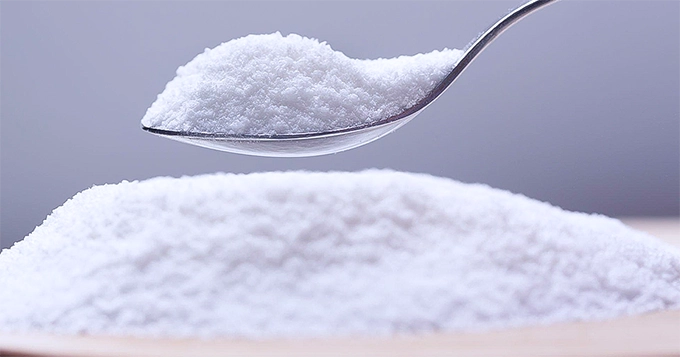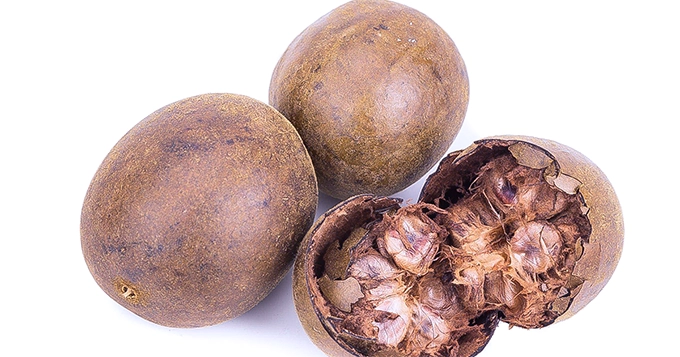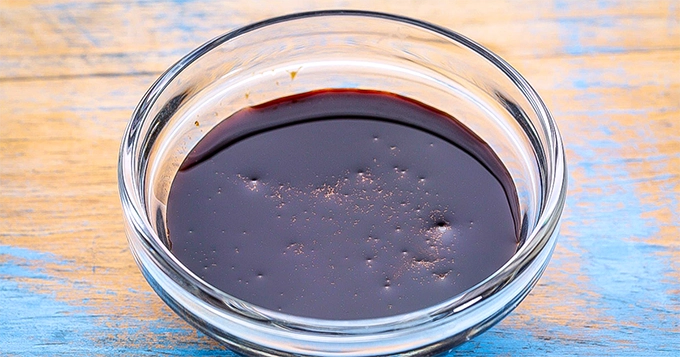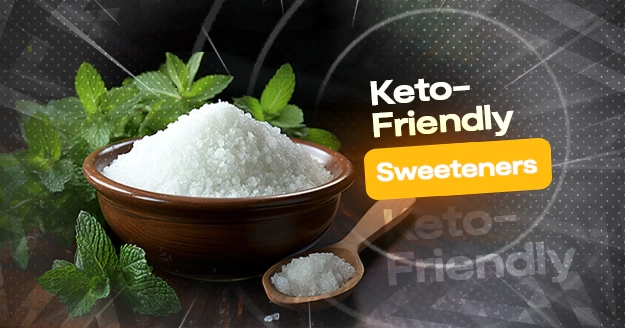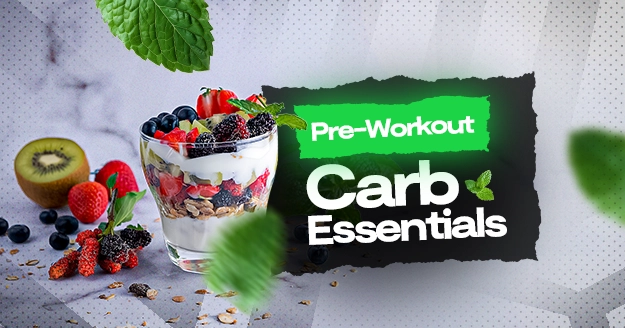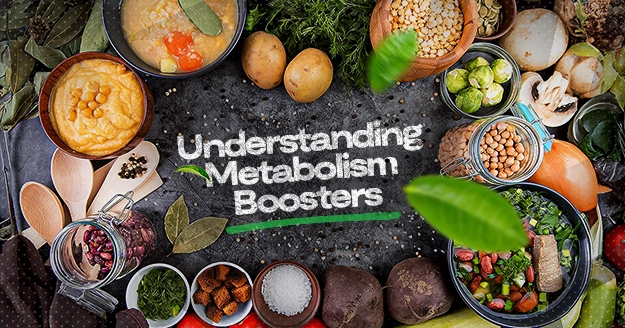Introduction
Ketogenic Diet (KD) is a type of carb-restricted diet that helps your body use fat as your source of energy instead of carbohydrates.
The Keto diet for beginners can be hard because your body is accustomed to running largely on carbs, so when you don’t have any, your brain sends you a signal to recharge by consuming carbohydrates. Most people who are new to KD tend to have intense sugar cravings.
Sugar plays a major role in our dietary lifestyle. From our morning breakfast to lunch and dinner, we include an item or two of food that contains sugar to make up a wholesome meal.
However, added sugar intake can cause high blood pressure, weight gain, fatty liver, inflammation, and diabetes. But since it is mentioned that there is sugar in almost everything, how can we consume our favorite meals while avoiding sugar in our diet?
Luckily, there are a variety of low-carb sweeteners available in the market that you can enjoy. So, when you review your carb manager, you can see that you didn’t go overboard with your carbs.
Types of Sweeteners
Here are some natural and artificial sweeteners that are allowed in the keto diet.
Our bodies receive calories from sugar and natural sweeteners, which are either stored as fat or used as energy. Artificial sweeteners are either not broken down at all or are broken down into a multitude of chemicals but do not contain any calories.
Sucralose
This is an artificial sweetener that is not metabolized. It doesn’t give calories or carbohydrates because it travels through your body undigested. Sucralose, unlike other sweeteners, might not work well as a replacement for sugar in baking-related recipes since sucralose could release harmful compounds when exposed to hot temperatures. Use sucralose to sweeten beverages or meals like keto yogurt and oats.
Erythritol
Some “sugar-free” and “keto-friendly” items include the artificial sweetener erythritol as a secret ingredient. It has 4 g of carbs per teaspoon and is a form of sugar alcohol. It could aid in decreasing your body’s blood sugar levels. You may use erythritol in place of sugar during baking and cooking.
Xylitol
Another form of natural sugar alcohol that is frequently used in items like sugar-free gum, sweets, and mints is xylitol. It is considered an artificial sweetener as it doesn’t have any actual sugar. This is a helpful alternative for those who have to monitor their carb intake, such as those who are on a keto diet.
Monk Fruit Sweetener
A natural sweetener called monk fruit sweetener is 100–250 times sweeter than sugar and has neither calories nor carbohydrates. It contains mogrosides which is an antioxidant that is also responsible for the sweetness. People following a ketogenic diet who are looking for a viable sugar substitute might regularly incorporate this into their meals. Those with diabetes can eat it without risk.
Yacon Syrup
This natural sweetener has a viscosity akin to molasses and is light brown in color. Similar to how maple syrup is produced, the juice from the roots is collected, filtered, and evaporated in a chemical-free production process. Fructooligosaccharides (FOS), a form of soluble fiber that your body cannot digest, are abundant in the sweet syrup of the yacon plant. Yacon syrup has around half the calories of conventional sugar since your body doesn’t absorb a major percentage of it.
Stevia
This is a natural sweetener extracted from the stevia plant and works as a sugar substitute. It also aids in reducing blood sugar levels and has little to no calories or carbohydrates. Consuming stevia in moderation does not pull your body out of ketosis. It can be purchased in both powdered and liquid form.
Recipes for Keto Sweets
Most people who want to snack on keto just take a keto yogurt and munch on it. But, if you’re bored with the same type of snacks over and over again and you need something to sate your sweet tooth, try this delectable, low-carb delight with one of our favorite keto-friendly sweeteners.
1-Minute Fudge Cookie
Enjoy this low-carb and low-sugar sweet that you can add to your free keto diet plan.
Serving: 1
Calories per serving: 228 cal
Carbs per serving: 6.2 grams
Fats per serving: 20.9 grams
Protein per serving: 4.3 grams
Ingredients:
1 tbsp Butter, salted
1 tbsp Unsweetened Cocoa Powder
1 tbsp Almond Flour
1 tsp Coffee, Instant, Espresso
1 Egg yolk
1 pinch of Salt
10 grams Sugar-Free Chocolate Bar (Chopped)
1 tbsp Stevia liquid
Procedure:
How To Cook It In The Microwave
In a microwave-safe dish or ramekin, place the butter. To melt, cook for 30 seconds. Add the salt, stevia, espresso, almond flour, and chocolate and mix it well. If necessary, taste and adjust the sweetener (stevia). Add the remaining ingredient. Put in the microwave and cook for about 1 minute in a microwave. Give it some time to cool before enjoying it!
How To Cook It In The Oven
Set the oven to 350 degrees Fahrenheit. Prepare an oven-safe basin or ramekin. Melt your butter before mixing in the espresso, almond flour, stevia, salt, and cocoa. If necessary, taste and adjust the sweetener (stevia). Add the egg yolk, then stir well. Bake for 15 minutes. Cool a little before enjoying!
Conclusion
White sugar and other conventional sweeteners are heavy in carbohydrates and are not recommended for those trying to follow a ketogenic diet. Sugar substitutes are crucial to maintaining your state of ketosis. You can satisfy your sugar cravings without adding extra calories or suffering the negative effects of sugar.

